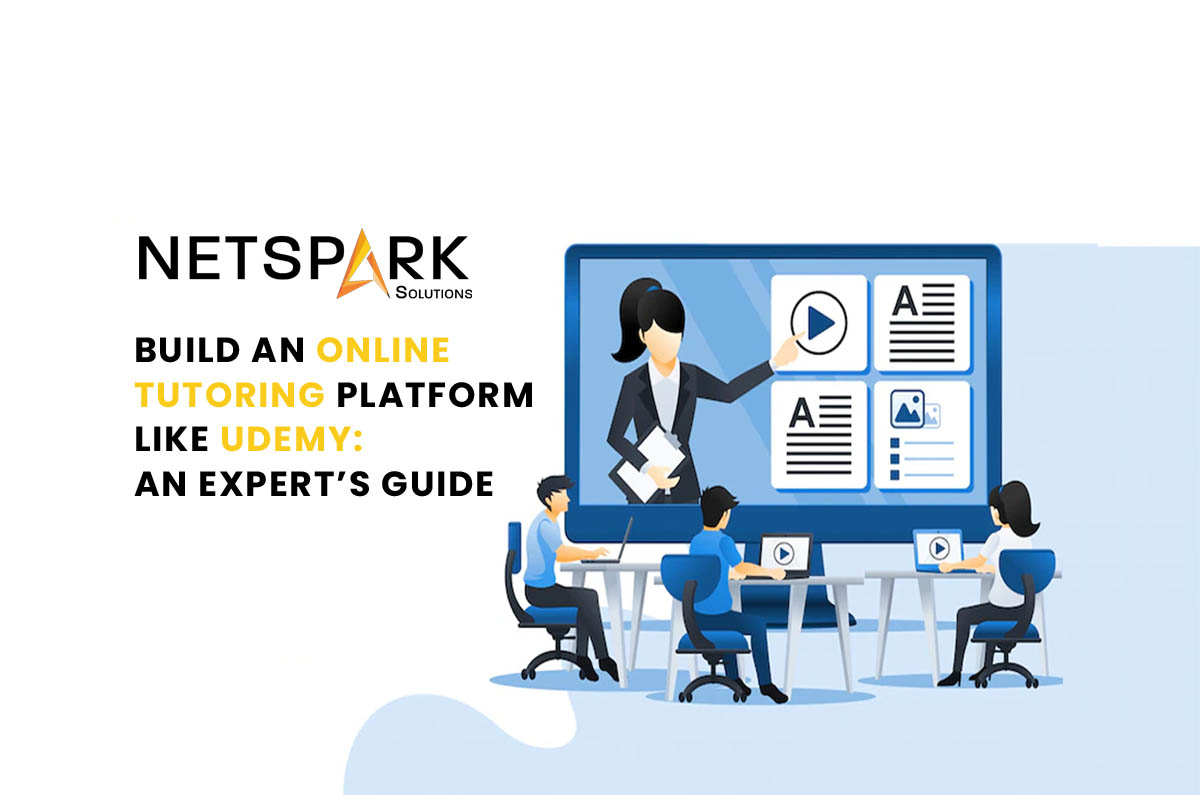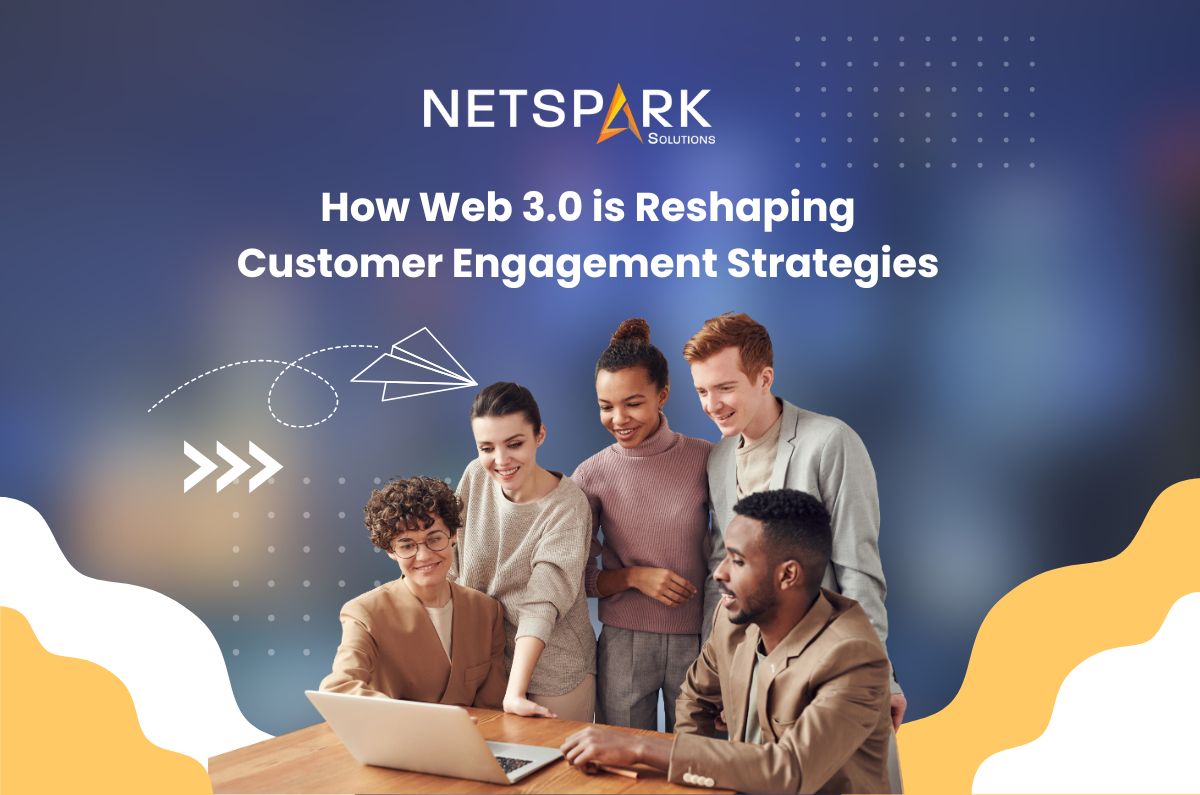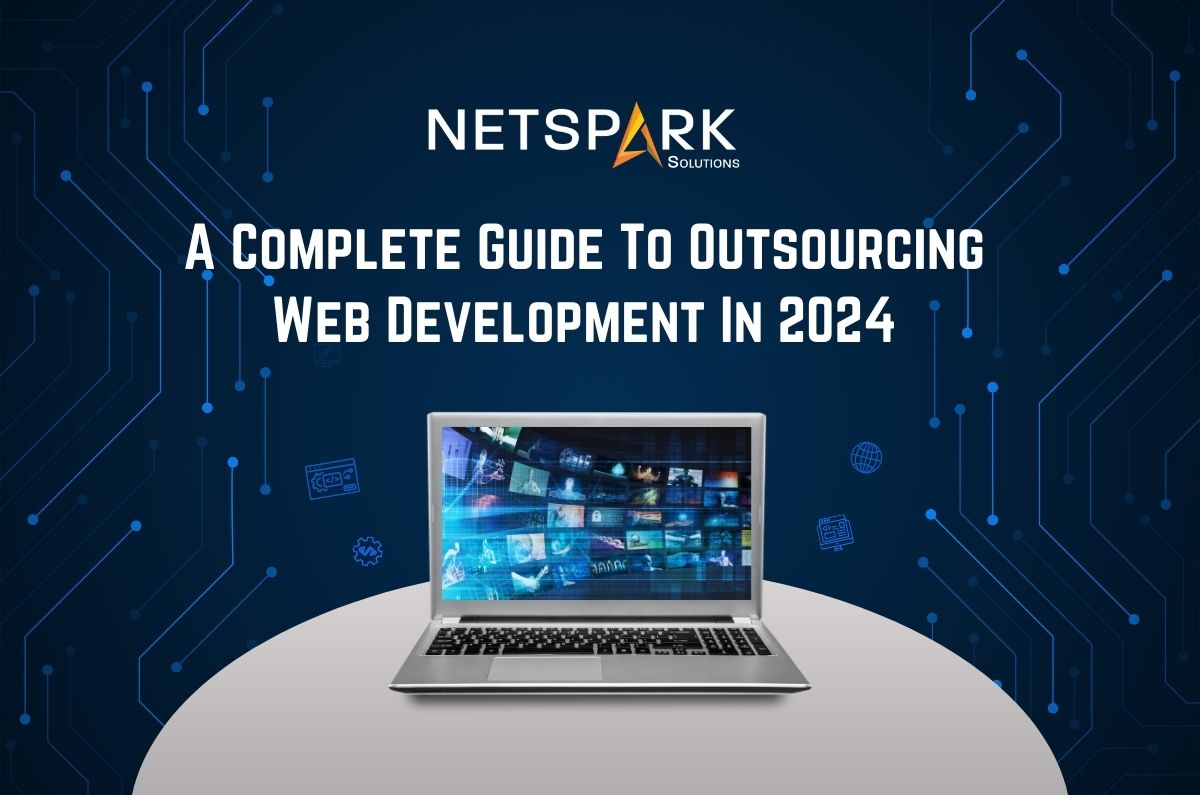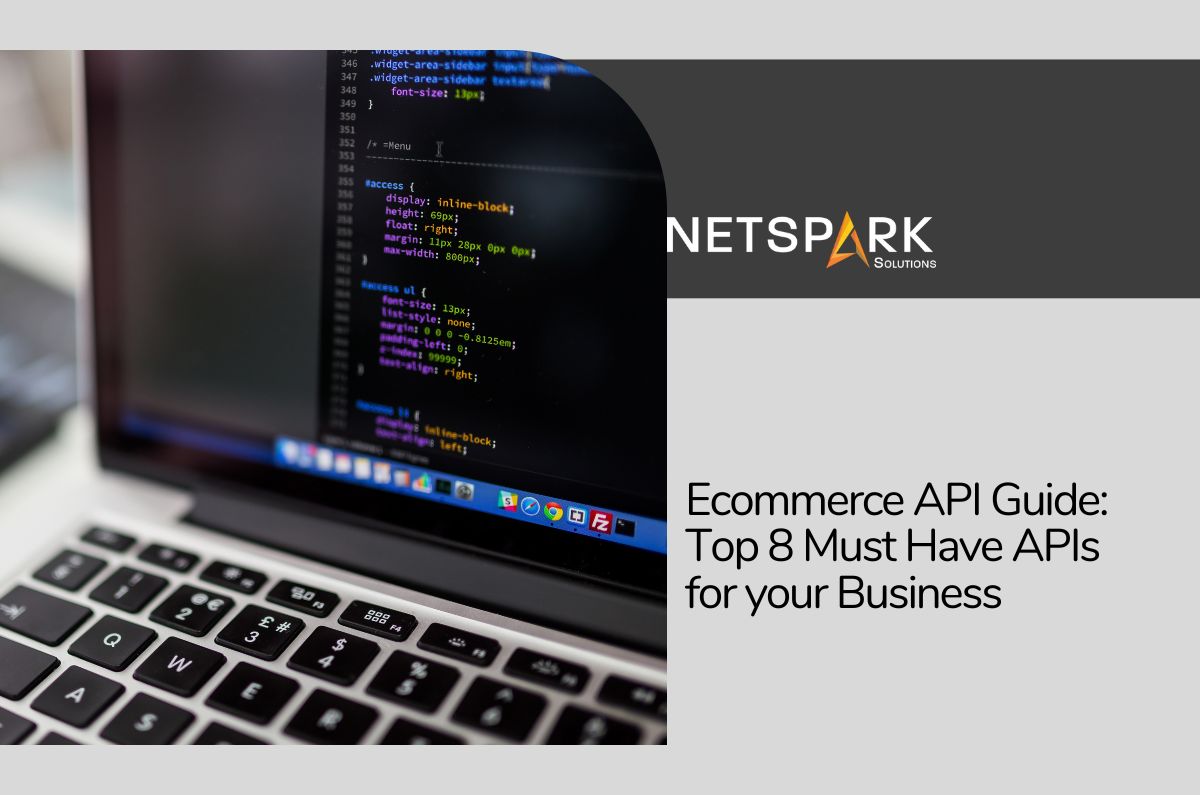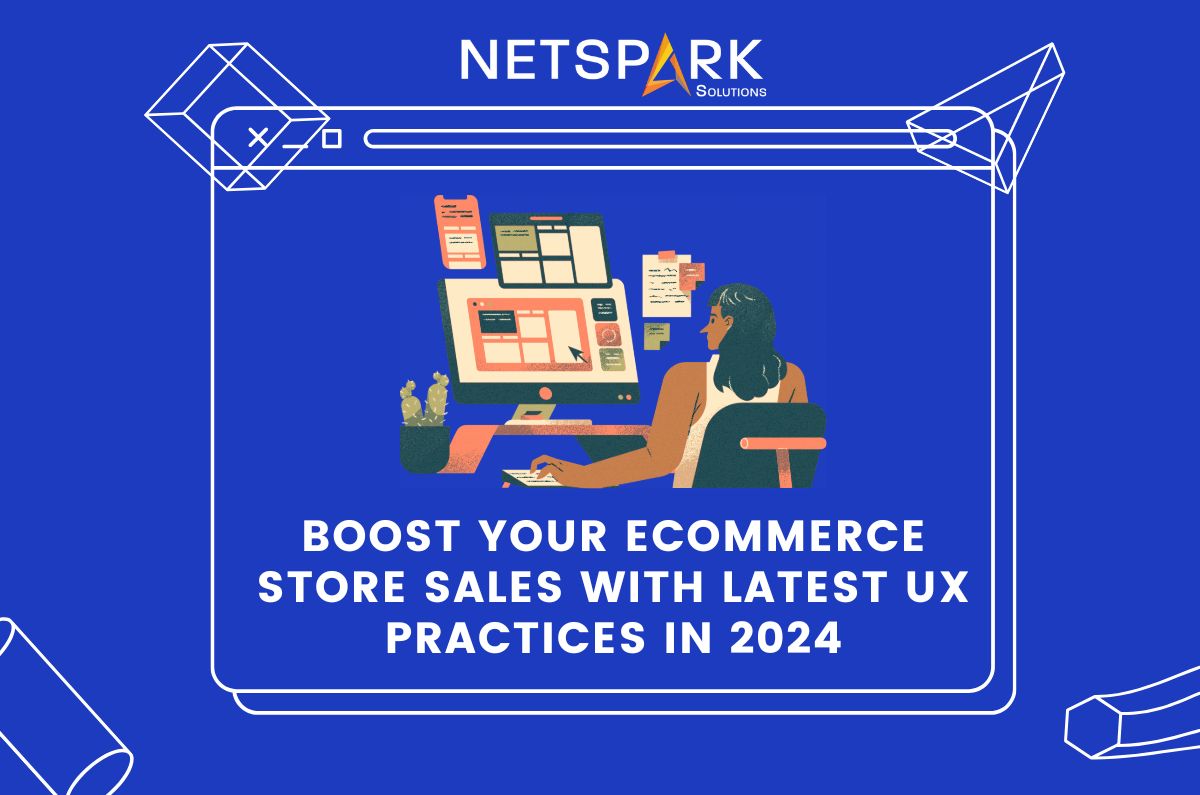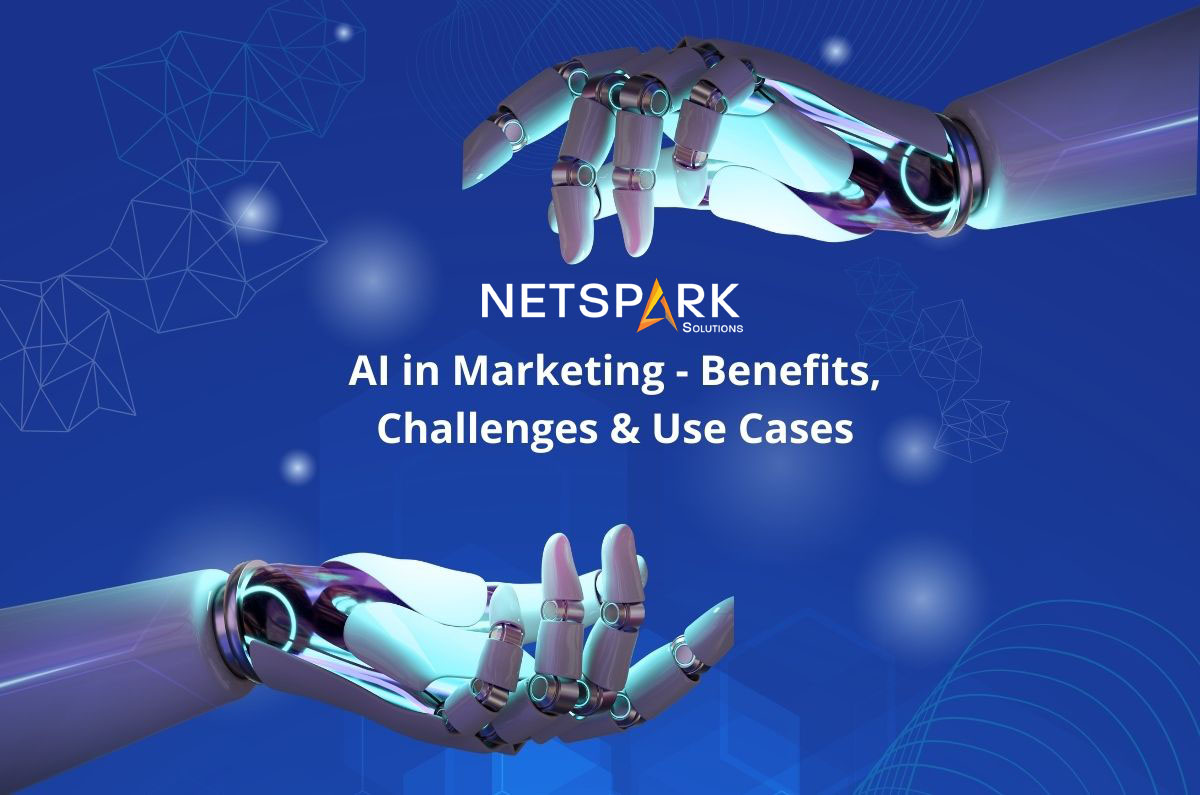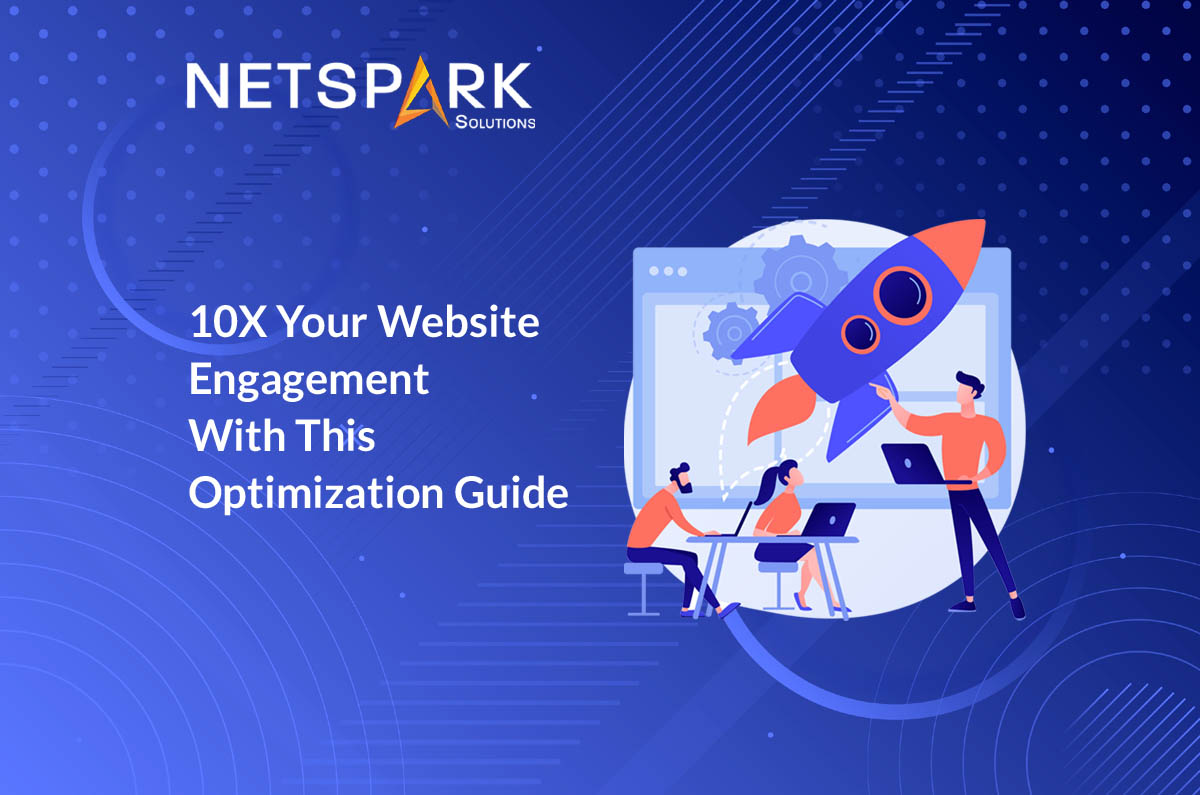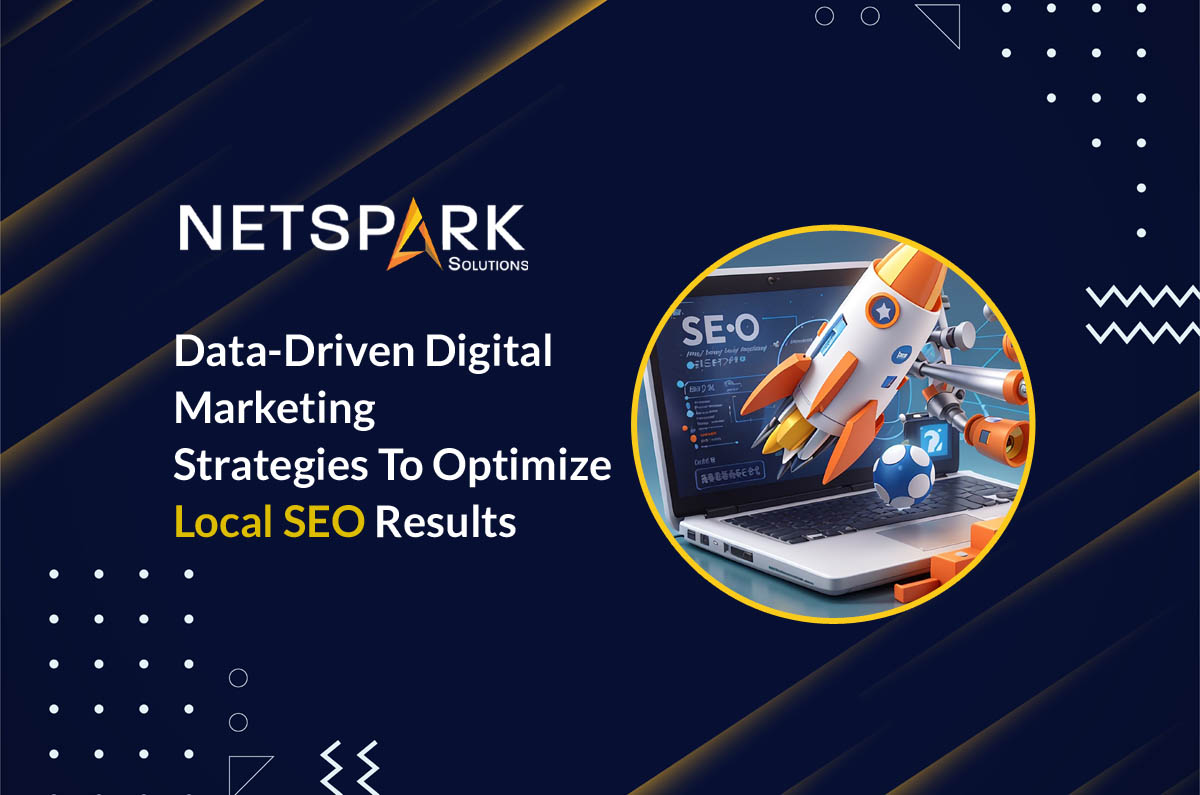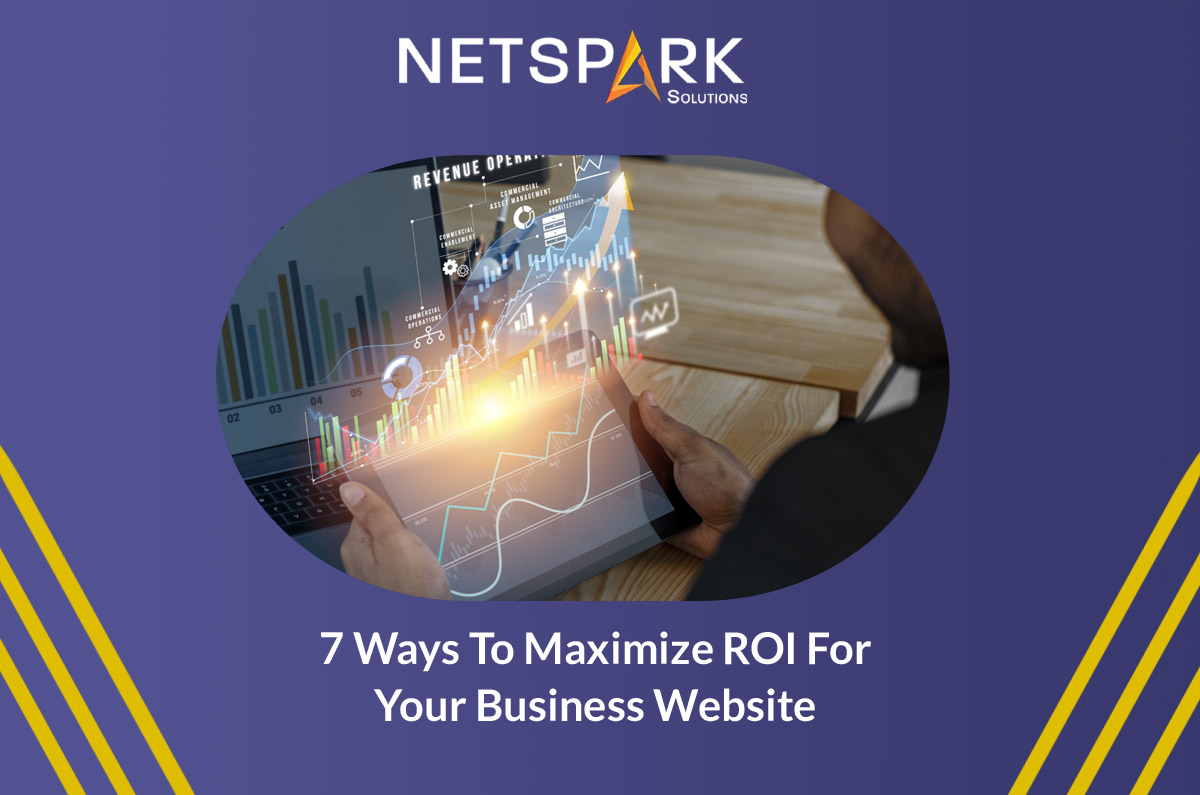In 2020, the global pandemic put a stop to the conventional education model and forced several institutions to adopt virtual learning. During this period platforms like Udemy and UnAcademy became extremely popular as many students realized that they don’t necessarily need a classroom to acquire new skills.
By paying a minimal fee to an expert, they can sign up for online learning, and learn new skills right from the comfort of their houses.
This sudden shift towards e-learning portals is the reason why the industry is projected to reach $1 Trillion by the end of 2028. And, seeing this trend, many startups and business owners are keen on launching their own e-learning portals like Udemy.
If you’re planning to do the same, continue reading. This guide will walk you through different golden rules to build a successful e-learning portal like Udemy.
1. Decide a Specific Niche
The truth is launching a large-scale dynamic website like Udemy from the first day may not work in your favor. You’ll be overwhelmed by the business logistics and managing multiple courses will most likely become nerve wracking for your entire team.
To avoid this scenario, it would be better to start with a specific niche and decide your business model accordingly. Initially, you should try to answer the following questions to build a solid roadmap for the journey ahead.
- Do you want to design an exclusive platform for a particular educational institute or an aggregated edtech platform like Udemy?
- Which subjects and courses will you add to the platform and how will you hire the expert tutors?
- Have you already designed courses for your website?
- What will be your primary monetization strategy and have you planned a rough development budget in mind?
Answering these questions before moving towards the development phase will make it much easier to evaluate a business model that best suits your objectives. Consequently, you’ll be able to partner with the right e-learning web development partner.
2. Decide a Monetization Strategy
A critical part of developing an online tutoring platform is choosing a suitable monetization model. It’s worth understanding that making money is the eventual goal of any online elearning platform.
Even though Udemy started as an open-source platform initially, the company’s sudden growth soon encouraged it to shift to a subscription-model to make money. Fast forward a few years, the company now follows various revenue models under their part of monetization strategy.
Some of these revenue models include:
- Monthly Subscriptions
Monthly/yearly subscriptions are the most common revenue model for many e-learning platforms. In return for a recurring fee, the students get access to all the study material on the website.
- Pay-Per-Course
The truth is not all students are willing to pay for a month or year-long subscription. Some students might only be looking for a particular course. That’s when the pay-per-course model comes into the picture. In this revenue model, the students only have to pay for a single course.
- Advertising
Some e-learning platforms also utilize advertising as a part of their monetization strategy. However, with advertising, it’s important to understand that the published ads should not interfere with the user experience otherwise it may damage the students’ learning experience.
- External Investments
If your e-learning platform provides quality content to the students, investors and donors will eventually join the good cause and invest in your business. These donations and third-party investments can become a major revenue stream for your website.
3. Choose the Features You Want to Integrate into Your Website
An e-learning platform has three different stakeholders including:
- Students
- Tutors
- Admins
To cater to these users, you’ll have to divide your e-learning platform into three different categories, build separate panels, and choose the right features accordingly. Let’s quickly walk you through a list of features e-learning platforms need to deliver a remarkable learning experience.
Admin
- Admin DashboardThe dashboard provides the admin with a bird-eye’s view of user acquisition, tutors, and the overall courses. Through the dashboard, admins can navigate through different modules and track business progress easily.
- Student & Tutor ManagementThe administrator team can also manage the students and tutor listings on their e-learning website.
- Content Management System (CMS)
A Content Management System (CMS) is also a crucial part of an e-learning platform. A full-scale CMS will allow you to upload, distribute, modify the courses to ensure they are always available for the end users.
- Payment Module
Through a payment module, your team can easily manage the subscription fees, monthly payments, and evaluate the overall business ROI more conveniently.
Students
- Advanced Search FiltersStudents can use the advanced search filter option to find desired courses, tutors, and course packages within seconds.
- Course Enrollment
Students can navigate through the course list and enrol into the desired courses right away.
- Recommended CoursesBased on students’ past preferences and course choices, the backend will automatically suggest a list of similar courses.
- Video ConferencingStudents should be able to connect with the tutors via one-on-one video sessions to grasp a particular concept more effectively.
Tutors
- Course ManagementThe tutors can create and upload multiple courses through their panel. They can also manage all the courses and analyze the student enrollment for each course individually.
- Payout ManagementTutors can manage their monthly payouts and link their personal bank accounts to their panel and directly transfer money to the accounts.
- Chat SupportTutors must be able to chat with the students to provide instant feedback to their queries via a full-fledged chatting panel.Of course, these are only the basic features of an e-learning platform. The more features you integrate, the easier it’ll become to engage students and tutors.
- Hire Professional e-Learning Website Developers
After you’ve chosen a business model and finalized the features, the next step would be to hire a team of professional website developers.Keep in mind that choosing a team of web developers is a critical task as it’ll decide the final success of your e-learning platform. While screening a development team for your e-learning website, make sure to look for development teams who have prior experience in e-learning website development.
Go through a list of different development agencies and analyze their company’s portfolio to decide if they are an appropriate choice for your business or not.
Conclusion
e-Learning is one of the highly booming industries as both students and tutors prefer the virtual learning model over conventional classrooms. That’s why the growth of e-learning businesses is drastically increasing. We, at NetSpark Solutions offer end-to-end e-learning website development services to build dynamic edtech websites for global startups.

